During the 1990s, the great "Cola Wars" reached its peak as consumers debated which cola brand they'd pledge their allegiance to. The top contenders were Coke, the undisputed leader in the global soda industry, and its younger, more hip successor Pepsi. The latter had a slight leg-up on the competition — albeit briefly — due to its crazy advertising, which notably featured dancing adolescent bears and celebrities, like Madonna, Marlon Brando, Michael Jackson, Britney Spears and Cindy Crawford.
Pepsi's most bizarre stunt, however, was its 1996 "Drink Pepsi Get Stuff" campaign. The crux of it was that consumers were encouraged to mass purchase cans of Pepsi to accumulate "Pepsi Points" in exchange for "Pepsi Stuff," or fun prizes. Notable items included a shirt, a leather jacket, some classy shades and, yes, a $23 million Harrier fighter jet.
Pepsi execs assumed the astronomical "price" of the jet would make it impossible for anyone to attain it. But they clearly thought wrong after one determined college student accepted the offer as a challenge and later sued Pepsi for the fighter jet prize that never existed in the first place.
Netflix's latest four-part docuseries, "Pepsi, Where's My Jet?" explores the epic saga between the multibillion-dollar company and college student John Leonard. Directed by Andrew Renzi, the series features interviews with Leonard and his business partner along with hot-shot PepsiCo executives and the lawyers who worked on the case.
Here are the seven most bizarre revelations from the series:
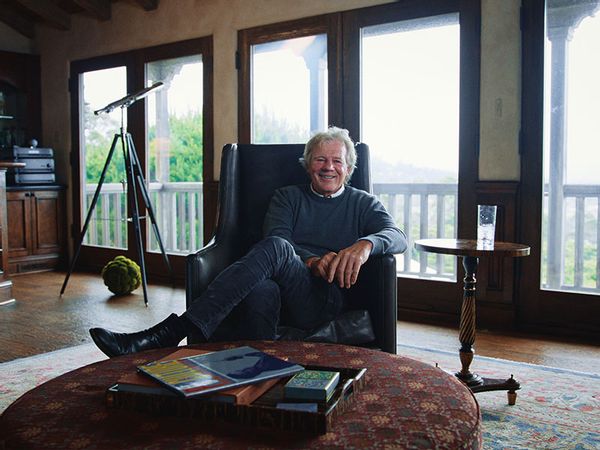 Brian Swette in "Pepsi, Where's My Jet?" (Courtesy of Netflix)
Brian Swette in "Pepsi, Where's My Jet?" (Courtesy of Netflix)The 1996 campaign was originally created by Brian Swette, Pepsi's former Chief Marketing Officer. The concept behind it was pretty simple: consumers were encouraged to buy and drink Pepsi products to rack up Pepsi points, which could then be cashed in to purchase Pepsi paraphernalia. Popular prizes included t-shirts, hats, leather jackets, jean jackets and cool sunglasses — items that kids and young adults would be drawn to.
The campaign was publicly introduced via a fun and amusing television commercial. In it, Pepsi offered a Pepsi logo t-shirt (which was worth 80 Pepsi points), a leather jacket (which was worth 1200 Pepsi points) and a pair of sunglasses (which was worth 125 Pepsi points). The final prize, and the company's most outlandish offering, was a $23 million Harrier fighter jet that was worth an astounding 7 million Pepsi points.
"It's clearly a joke," Swette said regarding the jet. "People don't offer military hardware as prizes."
Pepsi's offering, however, was not a mere "joke" to John Leonard, who was a 20 year old community college student when he first saw the campaign's commercial. Leonard was also an avid mountain climber and world traveler. So for him, the pricey jet granted him both freedom and adventure. To help support his passions, Leonard worked multiple odd jobs, including teriyaki delivery person, window washer, paperboy, glass cutter and climbing guide.
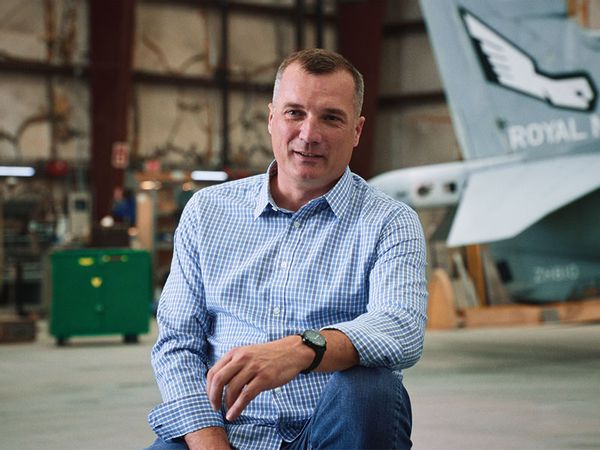 John Leonard in "Pepsi, Where's My Jet?" (Courtesy of Netflix)
John Leonard in "Pepsi, Where's My Jet?" (Courtesy of Netflix)Per Leonard's calculations, he would need to drink 190 Pepsi cans a day for 100 years in order to attain the required 7 million Pepsi points. That wasn't feasible for him or his family, so Leonard formulated a business plan to speed up the process. He also enlisted the help of Todd Hoffman, who was Leonard's climbing-buddy-turned-investor and 20 years his senior.
Leonard's multimillion-dollar business deal outlined labor costs, transportation costs and storage costs, which all totaled to a whopping $4.3 million. Leonard determined that he needed to buy 1.4 million 12-pack cans of Pepsi, which is over 16 million cans. Those cans would also take up about 600,000 cubic feet of storage space, meaning Leonard would need to store them across various warehouses. Leonard proposed acquiring six warehouses across six metropolitan areas and hiring his own workers, who would cut and store the Pepsi labels for him.
As impressive as his business plan was, Leonard later found an easier way to earn his points in a short amount of time. Per the contest rules — which were outlined in fine print in a Pepsi catalog — Leonard could simply buy his points by paying $0.10 a point. For 7 million Pepsi points, Leonard had to pay $700,008.50, which included an additional $10 shipping and handling fee. So Leonard, with Hoffman's help, wrote the check and delivered it to PepsiCo's headquarters.
 Pentagon spokesman Ken Bacon answers reporters' questions during a US Defense Department briefing 25 March 1999 at the Pentagon in Washington, DC. (JOYCE NALTCHAYAN/AFP via Getty Images)
Pentagon spokesman Ken Bacon answers reporters' questions during a US Defense Department briefing 25 March 1999 at the Pentagon in Washington, DC. (JOYCE NALTCHAYAN/AFP via Getty Images)Prior to acquiring their Harrier Fighter Jet, Leonard and Hoffman had to confirm whether it was even legal to purchase a jet in the first place. Leonard reached out to the Pentagon under the guise that he was a student who needed the information for a school project. Leonard got in touch with Kenneth Bacon, the Chief Pentagon Spokesman from 1994 to 2001, who told him that it was legal to buy a Harrier jet as long as it didn't have all the armaments on it.
Leonard and Hoffman also agreed that after they secured their jet, they would showcase it at airshows, which could possibly open up additional business opportunities with advertisers and production companies, which would help recoup the money.
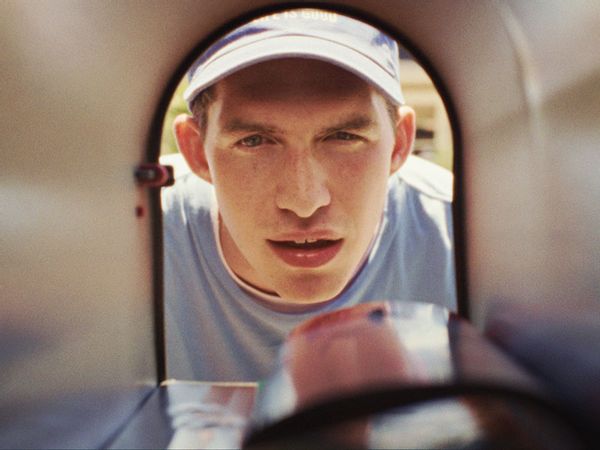 Michael Davis as John Leonard in "Pepsi, Where's My Jet?" (Courtesy of Netflix)
Michael Davis as John Leonard in "Pepsi, Where's My Jet?" (Courtesy of Netflix)Leonard and Hoffman's $700,008.50 check eventually reached Pepsi's headquarters, much to the company's dismay. Turns out, the Pepsi jet campaign was a complete sham and the company didn't have a Harrier jet prize to offer.
Swette along with Michael Patti (Pepsi's former creative director) and Jeff Mordos (the former COO of Pepsi's Ad Agency) were set on ignoring the check, in hopes that Leonard's scheme would not encourage others to send money for the jet. In one instance, Patti suggested that the company keep the $700,008.50 and reward both Leonard and Hoffman with the model jet used in the Pepsi commercial.
Pepsi ultimately decided not to cash the check and instead, sent Leonard a letter with two free product coupons in lieu of the promised jet prize.
"Thanks for the effort. Ha ha ha. It was meant to be a joke. For your troubles, here's coupons for two cases of Pepsi," the letter read.
Angered by their paltry reward, Leonard and Hoffman decided to challenge the company and fight for their well-deserved Harrier fighter jet.
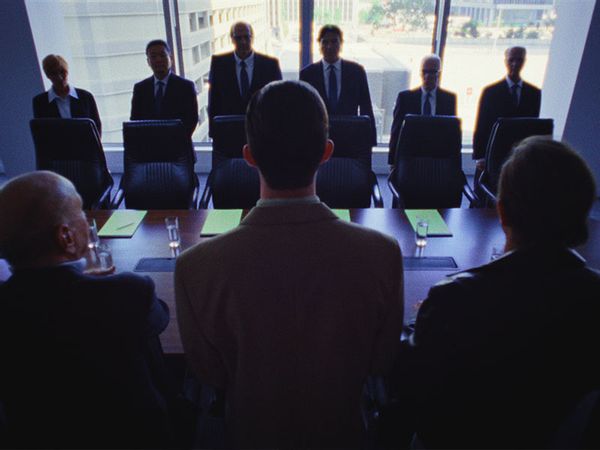 Pepsi, Where's My Jet? (Courtesy of Netflix)
Pepsi, Where's My Jet? (Courtesy of Netflix)As part of their legal battle against Pepsi, Leonard and Hoffman reached out to attorney Lawrence "Larry" Schantz. But, unfortunately, Pepsi beat them to the punch and sued Leonard first, simply as a way to intimidate him and Hoffman into dropping their fight.
The main argument in Pepsi's lawsuit was that it was illegal for someone to actually buy a Harrier jet — contrary to Bacon's remarks. And for any offer to be legitimate, it has to be legal.
"I was surprised that they initiated a lawsuit, frankly," Todd said in the documentary. "If anything, I thought there would have been a phone call or there would have been, 'Can we sit down and talk with you guys and see if you're real, if you're not real, if you really believe this ad, or you didn't?' Or whatever. We just filled out their instruction book and they followed it up by suing us."
Leonard said that a random stranger had even chased him to serve him with legal paperwork. The papers were eventually left at the doorsteps of Leonard's parent's home.
"I'd never been served for anything, but I just figured it wasn't a good thing," Leonard recalled.
To add to the hoopla, Pepsi edited their commercial shortly afterwards. The original 7 million Pepsi points for the Harrier Jet was changed to 700 million. Underneath the newfound price was the disclaimer "just kidding" written in parentheses.
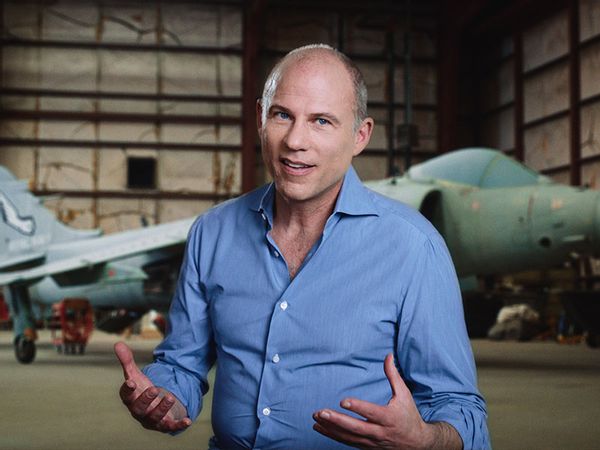 Michael Avenatti in "Pepsi, Where's My Jet?" (Courtesy of Netflix)
Michael Avenatti in "Pepsi, Where's My Jet?" (Courtesy of Netflix)Avenatti — the attorney who rose to prominence for his representation of adult film actress Stormy Daniels in her lawsuits against Donald Trump and, later, infamy for his attempted extortion of Nike — learned about Leonard's case from a friend and immediately jumped in to help. At that time, Avenatti was still a law student at the George Washington University Law School.
"We were gonna have to bring public pressure to bear on John Leonard's behalf," Avenatti explained in the documentary. "You know, by way of some aggressive public relations action. A full-court press with the media. I told him, 'We're gonna kick Pepsi's ass, and all of their lawyers and all of their media types. We're gonna outplay them at their own game.'"
Unlike Pepsi, Leonard and Avenatti did not have the money or the means to launch a $50 million ad campaign. So, in order to publicize Leonard's side of the story, they relied on free media, like radio shows, that invited John to speak on air. Soon, television crews, television networks and talk shows reached out to Leonard to broadcast his tale.
Avenatti, who was only a few years older than Leonard, also became close friends with his client during the latter's legal battles.
In the documentary, Avenatti mentioned that he spent hundreds of hours researching Pepsi and its past promotional scandals. He learned that Pepsi had run the same campaign in Canada with a disclaimer at the end of the ad specifying that the Harrier fighter jet was not an available prize. He also learned about Pepsi's deadly bottle cap lottery campaign in the Philippines. The 1992 campaign, also known as "Number Fever," promised low-income residents various sums of prize money, ranging from 100 pesos to 1 million pesos, if they had a Pepsi bottle with the winning number on its cap. Things quickly went awry when Pepsi erroneously printed 600,000 bottle caps with the lucky number for the grand prize and cheated people out of the money they rightfully deserved. On May 25, the final day of the campaign, riots broke out, which left at least five people dead.
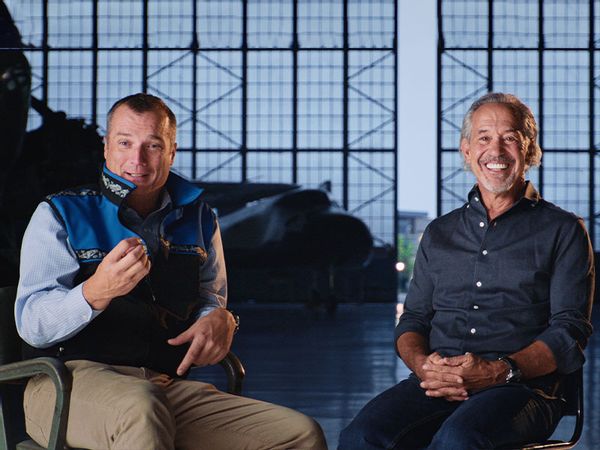 John Leonard and Todd Hoffman in "Pepsi, Where's My Jet?" (Courtesy of Netflix)
John Leonard and Todd Hoffman in "Pepsi, Where's My Jet?" (Courtesy of Netflix)In the end, Leonard lost the "Pepsi Points Case" after the court, presided over by Judge Kimba Wood, determined that the case didn't have merit because "no objective person could reasonably have concluded that the commercial actually offered consumers a Harrier jet."
"From a long-tenured, federal judge's perspective, it may have not seemed like a legitimate offer," Leonard said in the documentary. "But I can tell ya, millions of my peers saw the commercial and thought it was an offer."
"Onward and upward."
Today, "Leonard v. Pepsico, Inc." remains a critical case that's studied in law school, specifically in contract law courses. The case has also been debated in classrooms, with most students and academics siding with the plaintiff, and featured in an episode of "Jeopardy!"
As for Leonard and Hoffman, the dynamic duo are still close friends. Hoffman "underwent successful surgery to remove his cancer" and is "now in remission, looking for his next adventure," per the documentary. Leonard, on the other hand, is happily married and has kids of his own. Sometimes, though, he'll "pester Todd with his next great idea."
"Pepsi, Where's My Jet?" is currently available for streaming on Netflix. Watch a trailer for it below, via YouTube:
Read more
revelations from Netflix documentaries:
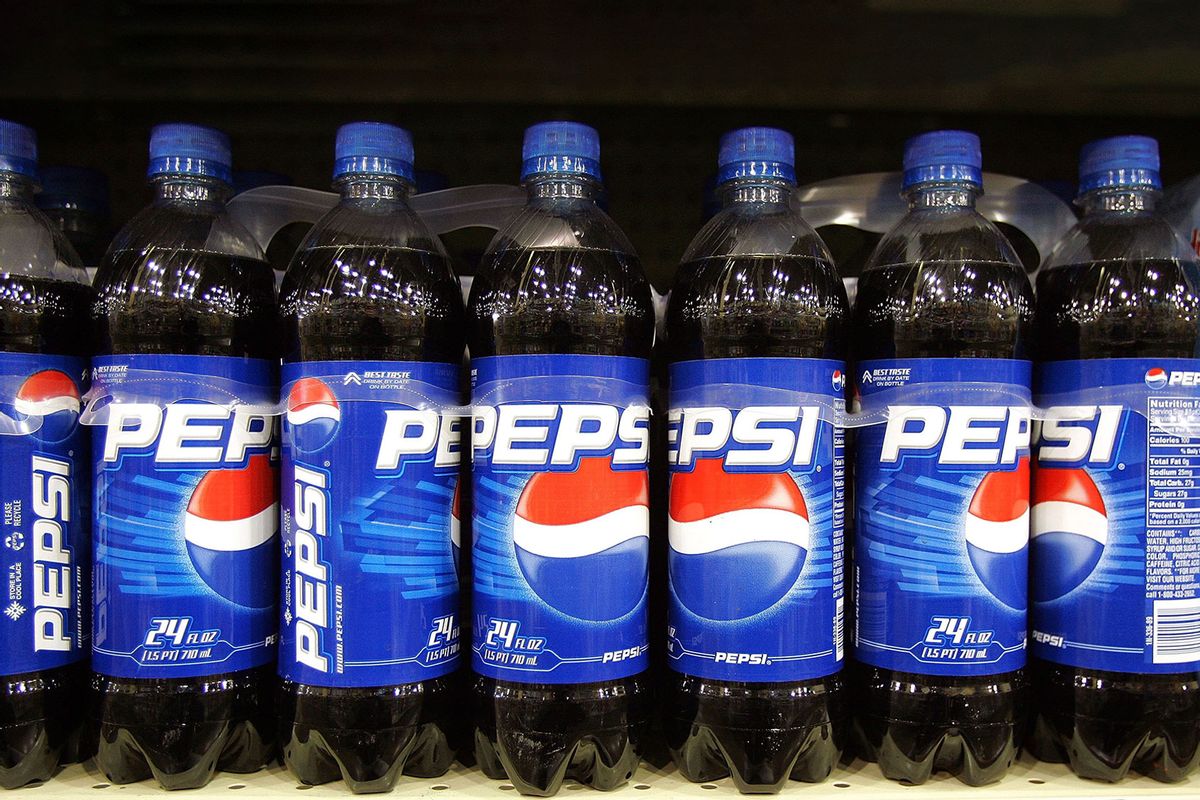
Shares